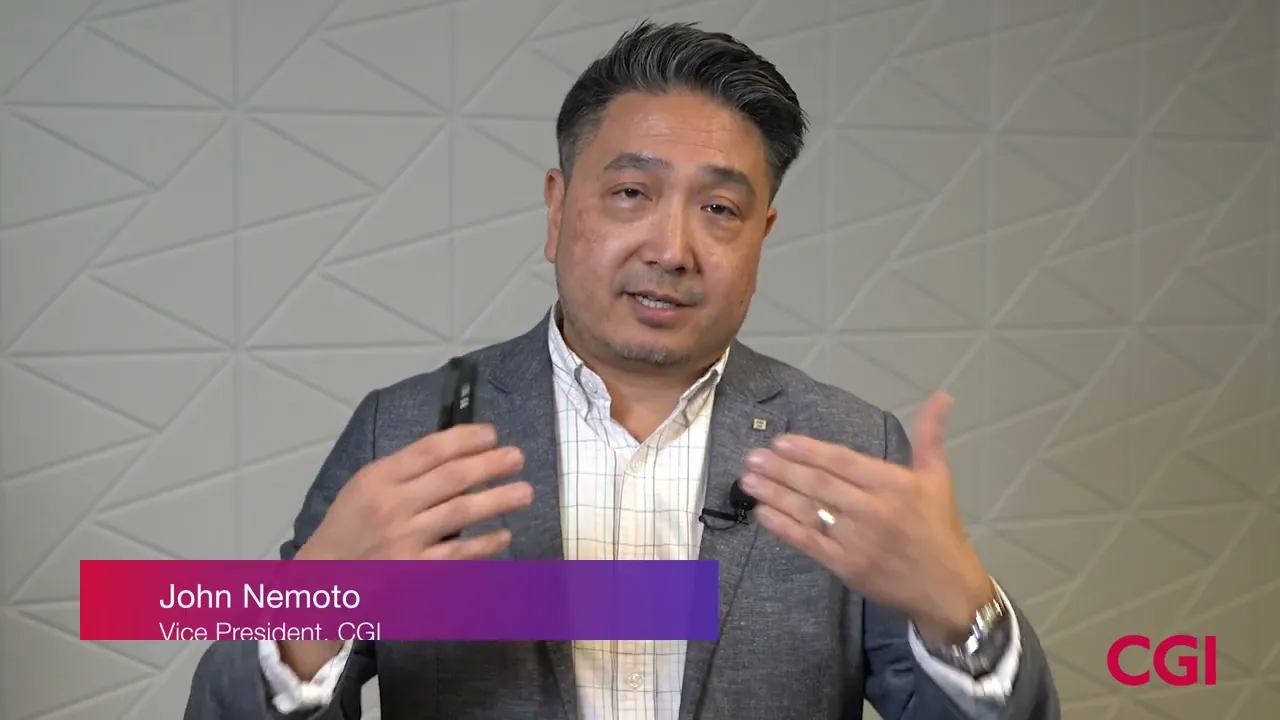For federal agency leaders interested in leveraging artificial intelligence, it is important to not get caught up in hype. AI has proved to be a game-changer in some use cases, but is often oversold —or even counterproductive—in others.
Preparing to implement AI requires a sober assessment of your existing capabilities and processes, an analysis of potential use cases and, often, some preliminary work on cleaning and securing access to data.
Here are some key areas that demand attention.
Data availability and quality
The cloud is an ideal data location for implementing AI—and in fact, for agency operations in general. Machine learning in particular, which depends on training the system using large volumes of data, needs data that is easily accessible, comprehensive and of high quality.
The limitations of isolated data pools, the proverbial “data silos,” is well understood, and yet silos persist in organizations. As much as possible, with attention paid to security and protection of sensitive data, agencies need to move data into a secure, centralized pool where it is readily available for machine learning tools.
Defining use cases
As with any technology, AI will be most effective when applied to work that takes the greatest advantage of its capabilities. Generative AI can help write code, or analyze text to provide summaries and synopses, for example. It can power a virtual assistant or strengthen internal website searches.
My colleague John B. Owens recently summarized effective use cases as including:
- Predictive analytics: Many agencies respond to challenges reactively. With AI, you get ahead of events. The system sends warning signs, so you act proactively and minimize problems.
- Automate and streamline contract closeouts or other processes: With contract closeouts, the system recognizes when a device reaches its end of life or when the expenditure has hit its ceiling and automatically closes out the contracts rather than have an employee manually take those steps.
- Trend analysis: AI systems collect, consolidate, correlate, and deliver new insights. Agencies identify how their internal organizations have been operating and can see how to make them better and more effective.
- Natural language processing (NLP): Incorporating natural language processing into customer interactions provides self-service, reduces processing time and lowers errors, all of which improve the citizen experience
Business process reengineering
How does your workforce carry out its work? How do your people interact with technology? What do they produce, and how do they provide it?
Understanding the answers to these questions enables you to change your processes so that you can leverage AI to its full capability. Business process reengineering is nothing new, and organizations have always needed to work through the exercise when implementing any new technology.
With AI, the changes may be more extensive than usual, as AI impinges not just on the role of individual people, but also, as we covered above, the availability of data and the training of the AI system.
The road ahead
AI holds tremendous promise, but it is an emerging technology with much still to prove. Embrace it, but judiciously.
At CGI, our AI experts can help you find the work within your agency where AI might have a significant impact. To learn more about our capabilities, explore our website.
Back to top





